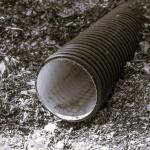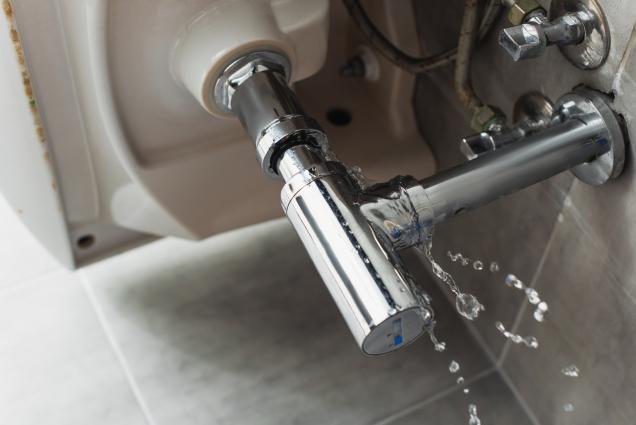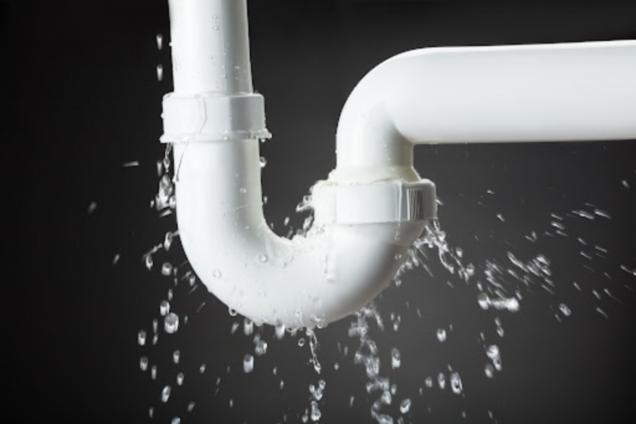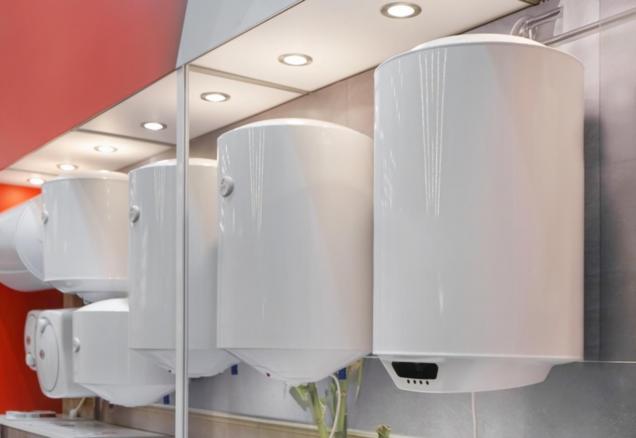
How Much Does it Cost to Reline Underground Pipes?
By Fluid Plumbing|May 26, 2023
For any homeowner, understanding the costs associated with maintaining the essential infrastructure of their home is crucial. An important yet often overlooked element of this infrastructure is the underground piping system. Today, we will discuss the costs associated with pipe relining, an innovative alternative to traditional pipe replacement.
What is Pipe Relining?
Pipe relining, otherwise known as Cured-In-Place-Pipe (CIPP), is a contemporary technique designed to repair damaged pipes. Unlike traditional methods that require excavation, pipe relining is non-invasive, making it a cost-effective and less disruptive choice.
How are Pipes Relined?
The process involves inserting a liner saturated with a special resin into the existing pipe. This liner is then expanded to snugly fit the internal walls of the pipe. After this, the liner is cured, typically using hot water or steam, effectively creating a 'new' pipe within the existing one.
What are the Costs of Pipe Relining?
Estimating the cost of pipe relining can be complex due to the nature of the work. It's a task heavily influenced by several variables, each contributing to the total expense. Understanding these factors can help homeowners budget effectively and know what to expect when the quotation stage begins.
Factors that Affect Cost
There are several factors that can greatly affect the final cost for a pipe relining job. Let’s look at some of the main factors now:
Indicative Pricing
As a rough guide, for smaller jobs involving less than three metres of pipe, the cost could range from $1000 to $1500. For larger projects that involve relining the entire pipe system in a typical residential property, the cost could be anywhere from $5000 to $20000. Keep in mind that these figures are only indicative, and the actual cost could vary based on your specific situation.
Alternatives to Pipe Relining
Although pipe relining is a preferred choice due to its less invasive nature and long-lasting results, there are alternatives available. However, these options come with their distinct challenges and costs.
What is Pipe Relining?
Pipe relining, otherwise known as Cured-In-Place-Pipe (CIPP), is a contemporary technique designed to repair damaged pipes. Unlike traditional methods that require excavation, pipe relining is non-invasive, making it a cost-effective and less disruptive choice.
How are Pipes Relined?
The process involves inserting a liner saturated with a special resin into the existing pipe. This liner is then expanded to snugly fit the internal walls of the pipe. After this, the liner is cured, typically using hot water or steam, effectively creating a 'new' pipe within the existing one.
What are the Costs of Pipe Relining?
Estimating the cost of pipe relining can be complex due to the nature of the work. It's a task heavily influenced by several variables, each contributing to the total expense. Understanding these factors can help homeowners budget effectively and know what to expect when the quotation stage begins.
Factors that Affect Cost
There are several factors that can greatly affect the final cost for a pipe relining job. Let’s look at some of the main factors now:
- Length and Diameter of the Pipe: A longer or wider pipe will require more materials, and the relining process takes more time, this will almost always increase the final price of the job.
- Complexity of the Job: This aspect takes into account the location of the pipes, the difficulty of access, and the severity of the damage. If the pipes are located under concrete or established landscaping, accessing them for repair becomes more challenging and more expensive.
- Number and Type of Access Points Required: Accessibility also matters. Fewer access points may mean less disruption to the property, but it can also increase the difficulty of the job. If new access points need to be created to carry out the relining effectively, this will also add to the cost.
- Extent of Damage: The severity and type of damage to the existing pipe can significantly affect the cost. Small cracks or slight misalignments will be less expensive to fix compared to substantial damage such as major collapses or severe root intrusion.
Indicative Pricing
As a rough guide, for smaller jobs involving less than three metres of pipe, the cost could range from $1000 to $1500. For larger projects that involve relining the entire pipe system in a typical residential property, the cost could be anywhere from $5000 to $20000. Keep in mind that these figures are only indicative, and the actual cost could vary based on your specific situation.
Alternatives to Pipe Relining
Although pipe relining is a preferred choice due to its less invasive nature and long-lasting results, there are alternatives available. However, these options come with their distinct challenges and costs.
- Pipe Bursting: This method involves breaking and expanding the old, damaged pipe while pulling through and installing a new one in its place. While effective, it requires access at both ends of the pipe and may not be suitable if the existing pipe has joints or bends.
- Traditional Dig and Replace: The old-fashioned method involves digging a trench to remove the old pipe and replace it with a new one. While this method can be effective, it's often disruptive to your yard or garden, and the added cost of restoring the landscape can be significant.



